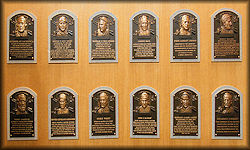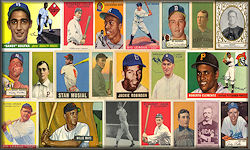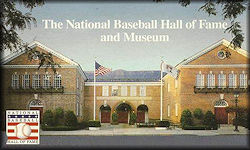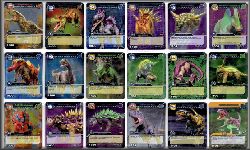The folksy, neighborly image we now have of the Brooklyn Dodgers was largely shaped by Wilbert Robinson, their manager from 1914-1931, during which time sportswriters began referring to the team as the “Robins” in his honor.
So lasting was the affectionate term that it evolved into the “flock” long after Uncle Robbie left the scene and the official nickname reverted to Dodgers. Flock was still regularly used in tabloid headlines until the team moved to Los Angeles following the 1957 season.
Robinson was the first 20th century Dodger to be elected to the Hall of Fame (inducted in 1945), and his feud with one-time teammate and business partner John McGraw helped make the Dodgers-Giants rivalry one of the greatest in baseball history.
His relationship with McGraw was complicated. In 1891, the two became teammates with the Baltimore Orioles, a franchise that would go on to win two consecutive Temple Cups as baseball champions. This was a remarkable team, which also featured future Hall of Famers Joe Kelley, Dan Brouthers, Willie Keeler, Hughie Jennings and manager Ned Hanlon. Robinson was the catcher, and while a lifetime .273 hitter, he topped .300 five times, and in 1892 experienced a 7-for-7 afternoon with 11 RBI. That 7-for-7 in a nine-inning game remains in the record book (equaled only once, by Pittsburgh’s Rennie Stennett in 1975).
Robinson and McGraw became business partners in Baltimore with a café called The Diamond. When the National League cut back from 12 to eight teams in 1900, the two of them were sold to St. Louis, but happily returned to Baltimore a year later to play for the new American League Orioles (enabling them to keep a closer watch on their business).
McGraw quit the following summer, joining the Giants to begin his 30-year reign as manager there, while Robinson stayed behind to finish out the season and begin his managing career.
After the Orioles moved to New York in 1903 – becoming the Highlanders and later the Yankees – Robinson all but left the game before reuniting full-time with baseball and McGraw in 1911 as a coach. Following the 1913 World Series, when the Giants lost to the A’s, the two got into an argument which caused their rift. A month later Robinson was hired to manage the Dodgers, and from that point on, the two would smile for cameras but never completely reconcile.
Once a 170-pound player, Robinson now weighed around 250 on a 5'8½" frame, and it gave him a somewhat amusing appearance to the delight of the trolley-dodging fans who populated Brooklyn. As a team, “the Daffiness Boys” took on characters such as Babe Herman, Casey Stengel and Dazzy Vance, and the club’s reputation for baseball gaffes, laughs and miscues began to grow.
During spring training at Daytona Beach, Fla. in 1915, Robinson agreed to use his old catching skills to snare a baseball dropped 525 feet from an airplane. The stunt went bad when the aviatrix, Ruth Law, instead dropped a grapefruit, the force of which made Robinson feel as though he’d been hit by a lethal weapon. Such was the stuff of growing Brooklyn legend.
Still, Robinson was a respected manager who led his team to National League pennants in 1916 and 1920. He was so highly thought of that the Yankees nearly hired him after the 1917 season.
Following the Dodgers’ 1920 pennant, the beloved Uncle Robbie managed 11 more seasons, and on Aug. 8, 1934, he passed away. No one molded the character of a team to the borough in which it played more than this son of a butcher from Bolton, Mass. (Ref: National Baseball Hall of Fame) |





